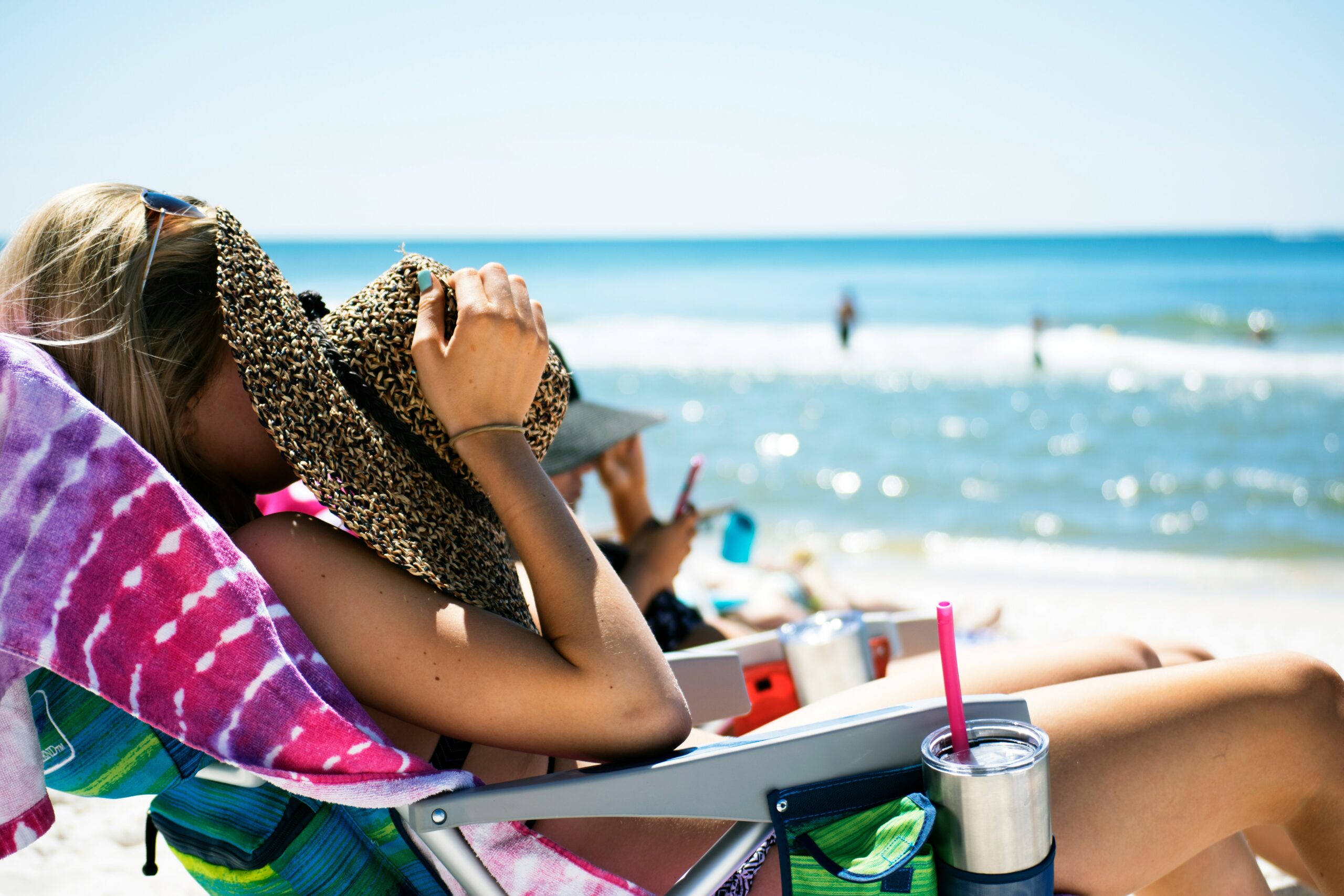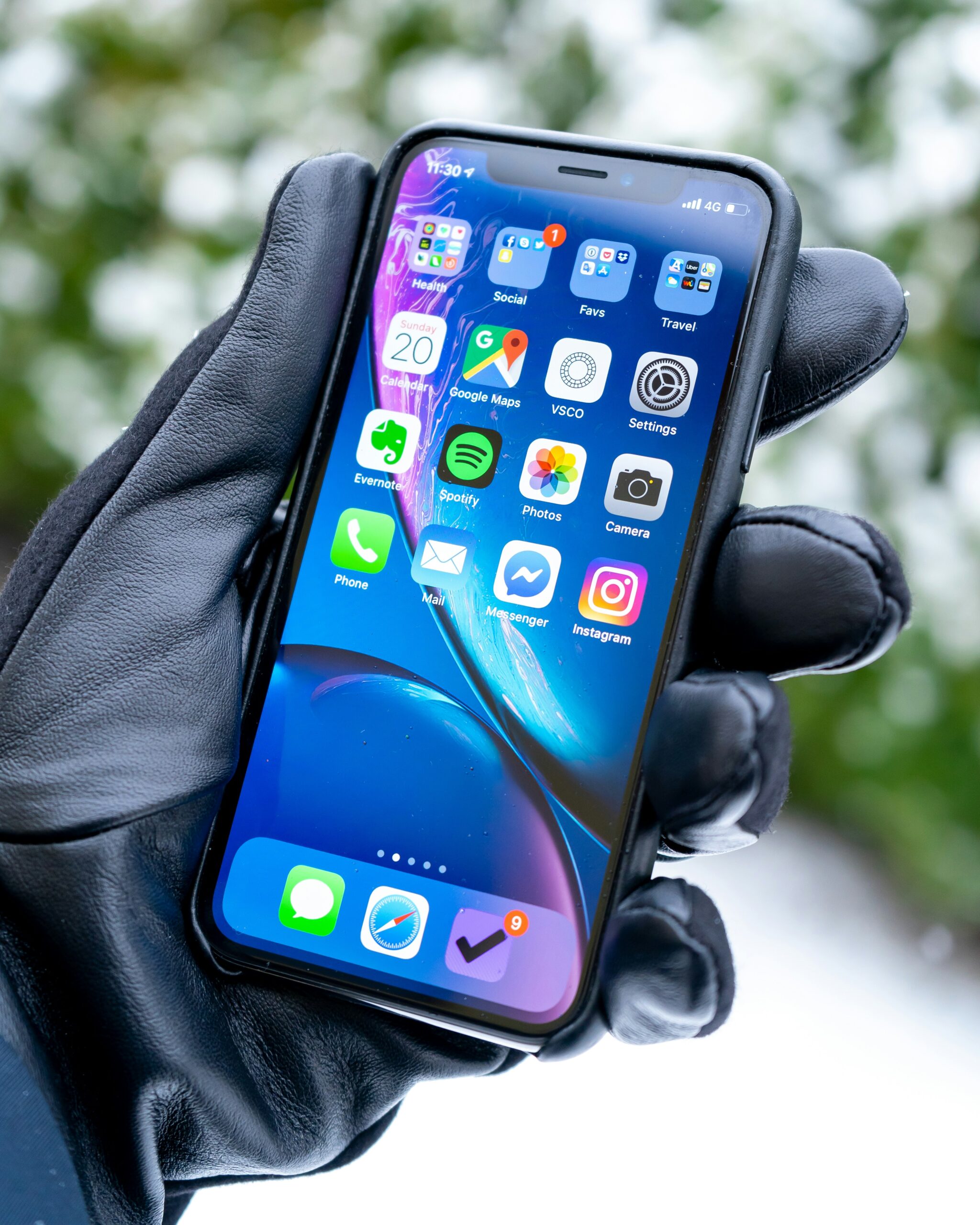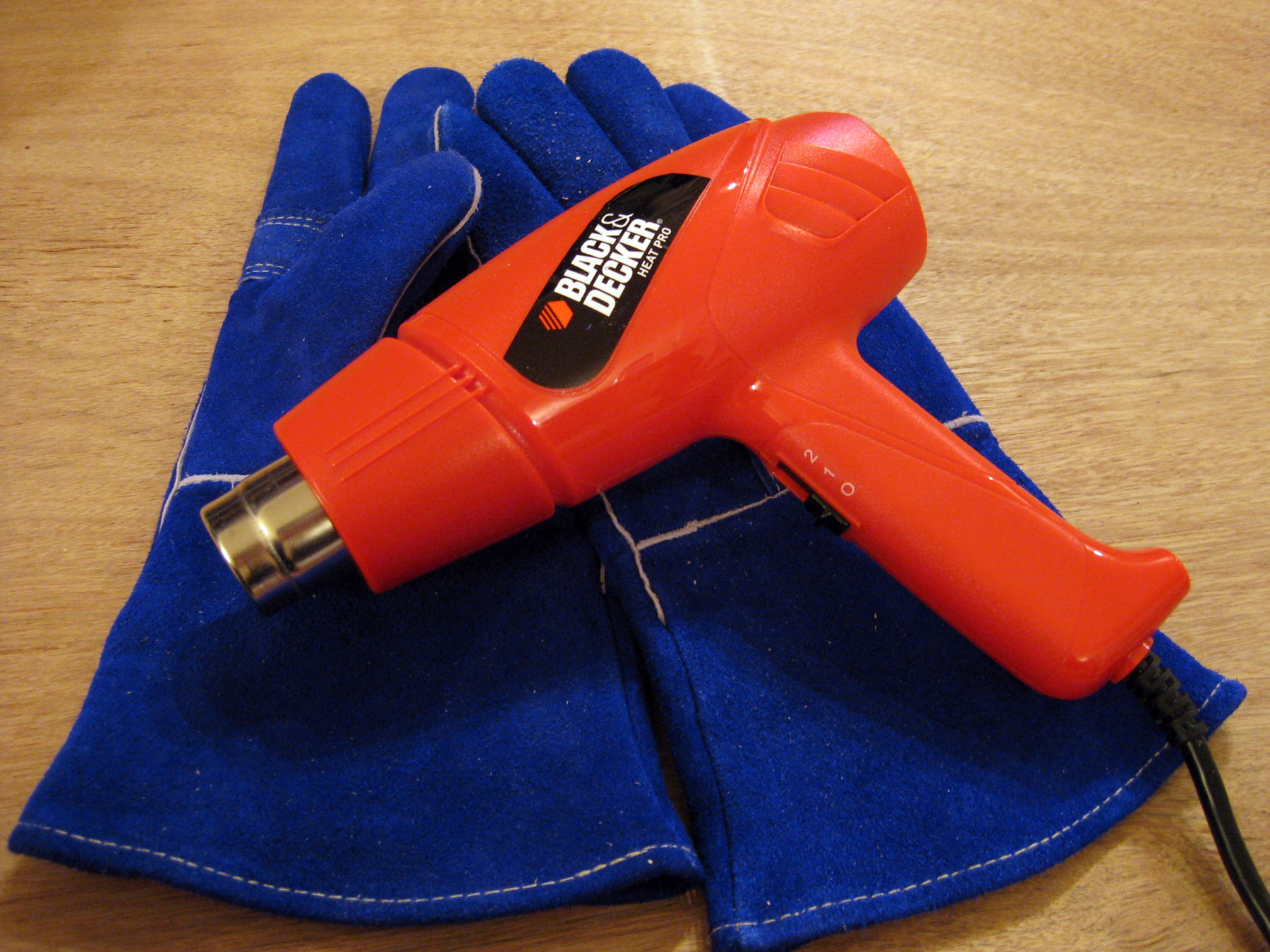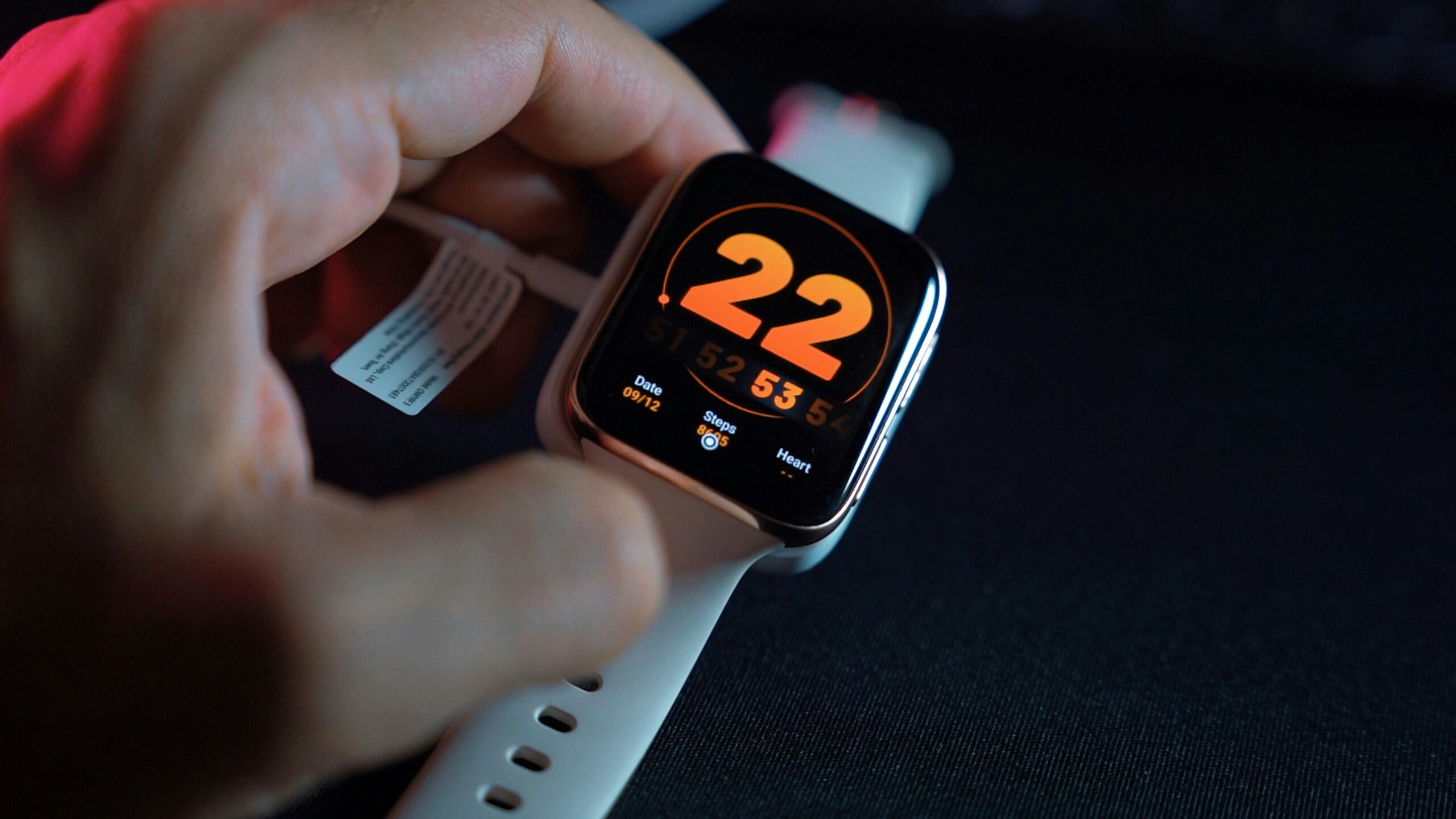Sunscreen is an essential part of any skincare routine, particularly for those who spend a lot of time outdoors. It protects the skin from the harmful effects of ultraviolet (UV) radiation, which can lead to skin cancer, premature aging, and sunburn. Understanding how to apply sunscreen effectively ensures maximum protection and benefits. This guide will cover the importance of sunscreen, the types available, application techniques, common mistakes, and additional sun safety measures.
Importance of Sunscreen
Protection Against UV Radiation
UV radiation is a form of electromagnetic energy emitted by the sun. It is divided into three types: UVA, UVB, and UVC. UVC is mostly absorbed by the Earth’s atmosphere and does not reach the ground. However, UVA and UVB rays penetrate the atmosphere and can cause significant skin damage.
- UVA Rays: These rays penetrate the skin more deeply and are primarily responsible for premature aging and the development of wrinkles. They also contribute to the formation of certain types of skin cancer.
- UVB Rays: These rays affect the outer layer of the skin and are the primary cause of sunburn. They play a significant role in the development of skin cancer.
Preventing Skin Cancer
Regular use of sunscreen helps protect against both non-melanoma and melanoma skin cancers. Melanoma, although less common, is the most dangerous type of skin cancer. Non-melanoma skin cancers, including basal cell carcinoma and squamous cell carcinoma, are more common but less deadly. Applying sunscreen effectively can significantly reduce the risk of developing these conditions.
Avoiding Premature Aging
Photoaging, caused by prolonged exposure to UV rays, leads to premature aging of the skin. This includes the development of fine lines, wrinkles, and age spots. By using sunscreen daily, individuals can maintain a youthful appearance and protect their skin from the damaging effects of the sun.
Types of Sunscreen
Chemical Sunscreens
Chemical sunscreens contain organic (carbon-based) compounds that absorb UV radiation and convert it into heat, which is then released from the skin. Common ingredients in chemical sunscreens include avobenzone, octinoxate, and oxybenzone. These sunscreens are often preferred for their lightweight, non-greasy feel and ease of application.
Physical (Mineral) Sunscreens
Physical sunscreens, also known as mineral sunscreens, contain active mineral ingredients such as zinc oxide or titanium dioxide. These ingredients sit on the surface of the skin and physically block or reflect UV rays. Physical sunscreens are suitable for sensitive skin and are less likely to cause irritation. They are also effective immediately upon application, unlike chemical sunscreens which require 15-20 minutes to become effective.
Broad-Spectrum Sunscreens
Broad-spectrum sunscreens offer protection against both UVA and UVB rays. It is crucial to choose a sunscreen labeled as “broad-spectrum” to ensure comprehensive protection.
Water-Resistant Sunscreens
Water-resistant sunscreens are designed to remain effective during swimming or sweating. They are labeled with a duration of either 40 or 80 minutes of water resistance. Reapplication is necessary after swimming, sweating, or towel drying.
Application Techniques
Choosing the Right Sunscreen
- SPF Level: Sun Protection Factor (SPF) measures the level of protection against UVB rays. Dermatologists recommend using a sunscreen with an SPF of at least 30, which blocks approximately 97% of UVB rays. Higher SPFs offer slightly more protection but no sunscreen can block 100% of UV rays.
- Skin Type: Select a sunscreen suitable for your skin type. For oily or acne-prone skin, choose a non-comedogenic sunscreen. For dry skin, opt for a moisturizing formula. Sensitive skin benefits from mineral sunscreens with soothing ingredients.
- Activity Level: Consider your activity level and environment. For outdoor sports or swimming, choose a water-resistant sunscreen. For daily use, a lightweight, broad-spectrum sunscreen is ideal.
Applying Sunscreen to the Face
- Cleanse and Moisturize: Start with a clean face. Apply your regular moisturizer before sunscreen if you have dry skin.
- Use the Right Amount: Apply a nickel-sized amount of sunscreen to your face. This ensures adequate coverage.
- Even Application: Spread the sunscreen evenly over your face, including your ears, neck, and any other exposed areas. Don’t forget areas like the hairline and the back of your neck.
- Blend Well: Ensure the sunscreen is well blended to avoid any white residue, especially if using a physical sunscreen.
Applying Sunscreen to the Body
- Start with Clean Skin: Apply sunscreen to clean, dry skin.
- Use Enough Product: The general rule is to use one ounce (about a shot glass full) of sunscreen for full-body coverage.
- Apply Evenly: Make sure to cover all exposed areas, including often-missed spots like the tops of the feet, the back of the knees, and the sides of the body.
- Rub in Thoroughly: Ensure the sunscreen is evenly distributed and well absorbed into the skin.
- Reapplication: Reapply every two hours, or more often if swimming, sweating, or towel drying.
Common Sunscreen Mistakes
Not Using Enough Sunscreen
One of the most common mistakes is not using enough sunscreen. Applying too little can significantly reduce its effectiveness. Ensure you are using the recommended amount for adequate protection.
Missing Key Areas
Many people forget to apply sunscreen to crucial areas such as the ears, back of the neck, scalp (if hair is thinning), tops of the feet, and the backs of the hands. These areas are just as susceptible to sun damage as the rest of the body.
Not Reapplying Regularly
Sunscreen needs to be reapplied every two hours, or more frequently if you are swimming or sweating. Failure to reapply can leave your skin vulnerable to UV damage.
Relying Solely on Sunscreen
While sunscreen is vital, it should not be your only line of defense against UV radiation. Complement sunscreen use with other protective measures such as wearing hats, sunglasses, and protective clothing, and seeking shade during peak sun hours.
Using Expired Sunscreen
Sunscreen loses its effectiveness over time. Check the expiration date on your sunscreen bottle and replace it if it has expired. An expired sunscreen may not provide adequate protection.
Additional Sun Safety Measures
Protective Clothing
Wearing protective clothing can significantly reduce your exposure to UV radiation. Look for clothing with a UPF (Ultraviolet Protection Factor) label, which indicates how much UV radiation the fabric blocks. Wide-brimmed hats and long-sleeved shirts provide excellent protection.
Sunglasses
UV radiation can also harm your eyes, leading to conditions such as cataracts and macular degeneration. Wear sunglasses with UV protection to safeguard your eyes from harmful rays.
Seeking Shade
The sun’s rays are strongest between 10 a.m. and 4 p.m. Seek shade during these hours to minimize your exposure to direct sunlight. Trees, umbrellas, and awnings provide effective shade.
Avoiding Tanning Beds
Tanning beds emit UV radiation that can damage your skin and increase your risk of skin cancer. Avoid using tanning beds and opt for safer alternatives such as self-tanning lotions or sprays.
Understanding the UV Index
The UV Index is a measure of the strength of UV radiation at a particular place and time. It is a useful tool for planning outdoor activities and ensuring you take appropriate sun protection measures. The UV Index ranges from 1 to 11+, with higher values indicating a greater risk of UV exposure.
- Low (0-2): Minimal risk. Wear sunglasses and use sunscreen if needed.
- Moderate (3-5): Moderate risk. Wear protective clothing, sunglasses, and sunscreen. Seek shade during midday hours.
- High (6-7): High risk. Wear protective clothing, sunglasses, and sunscreen. Seek shade during midday hours.
- Very High (8-10): Very high risk. Take extra precautions. Wear protective clothing, sunglasses, and sunscreen. Avoid the sun during midday hours.
- Extreme (11+): Extreme risk. Avoid outdoor activities during midday hours. Wear protective clothing, sunglasses, and sunscreen.
Sunscreen for Different Skin Types and Conditions
Sensitive Skin
Individuals with sensitive skin should opt for mineral sunscreens, which are less likely to cause irritation. Look for products labeled as hypoallergenic and free of fragrances and preservatives.
Acne-Prone Skin
For those with acne-prone skin, non-comedogenic sunscreens are the best choice. These products do not clog pores and can help prevent breakouts. Gel-based or matte-finish sunscreens are often suitable for oily skin types.
Dry Skin
Dry skin benefits from sunscreens with added moisturizers. Look for products containing ingredients like hyaluronic acid, glycerin, or ceramides to help hydrate the skin while providing sun protection.
Darker Skin Tones
People with darker skin tones should still use sunscreen, as UV radiation can cause skin damage and increase the risk of skin cancer. Choose a sunscreen that does not leave a white cast, such as a tinted mineral sunscreen or a chemical sunscreen.
Special Considerations
Infants and Children
Babies under six months should be kept out of direct sunlight. For older infants and children, use a sunscreen specifically formulated for their sensitive skin. Apply generously and reapply frequently, especially during outdoor activities.
Pregnant Women
Pregnant women should choose sunscreens free of harmful chemicals such as oxybenzone. Mineral sunscreens with zinc oxide or titanium dioxide are generally considered safe during pregnancy.
FAQs on how to apply sunscreen effectively
Why is it important to protect your skin from the sun?
Protecting your skin from the sun is crucial to prevent damage caused by ultraviolet (UV) radiation. UV radiation can lead to skin cancer, premature aging (such as wrinkles and age spots), and sunburn. Regular sun protection reduces the risk of developing these conditions and helps maintain healthy skin.
What is the best way to protect my skin from UV radiation?
The best way to protect your skin from UV radiation includes:
- Applying broad-spectrum sunscreen with an SPF of at least 30.
- Wearing protective clothing, including wide-brimmed hats and long sleeves.
- Using sunglasses with UV protection.
- Seeking shade during peak sun hours (10 a.m. to 4 p.m.).
- Avoiding tanning beds and artificial tanning devices.
How often should I apply sunscreen?
Sunscreen should be applied 15-30 minutes before sun exposure and reapplied every two hours. If you are swimming, sweating, or towel drying, reapply more frequently, according to the water resistance rating on the sunscreen label (typically every 40 or 80 minutes).
How much sunscreen should I use?
Answer: For effective coverage, apply one ounce (approximately a shot glass full) of sunscreen to your entire body. For the face, use a nickel-sized amount. Make sure to cover all exposed areas, including often-missed spots like the ears, back of the neck, and tops of the feet.
Can I use the same sunscreen on my face and body?
While you can use the same sunscreen on your face and body, facial sunscreens are often formulated to be less greasy and less likely to cause breakouts. If you have sensitive or acne-prone skin, consider using a sunscreen specifically designed for the face.
What is the difference between chemical and physical (mineral) sunscreens?
Chemical sunscreens contain organic compounds that absorb UV radiation and convert it into heat, which is then released from the skin. Physical sunscreens, also known as mineral sunscreens, contain active mineral ingredients like zinc oxide or titanium dioxide, which sit on the skin’s surface and reflect UV rays. Physical sunscreens are often recommended for sensitive skin as they are less likely to cause irritation.
Is it necessary to wear sunscreen on cloudy days?
Yes, it is necessary to wear sunscreen on cloudy days. Up to 80% of UV rays can penetrate clouds, so your skin is still at risk of UV damage. Make a habit of wearing sunscreen daily, regardless of the weather.
Do I need to wear sunscreen indoors?
If you spend a lot of time near windows or in a room with significant natural light, it is a good idea to wear sunscreen indoors. UVA rays can penetrate glass and cause skin damage. Additionally, if you use electronic devices frequently, consider using a sunscreen that protects against blue light.
Can I get enough vitamin D while wearing sunscreen?
Yes, you can still get enough vitamin D while wearing sunscreen. Sunscreen does not block all UVB rays, which are responsible for vitamin D production. Additionally, spending a small amount of time in the sun without sunscreen, consuming vitamin D-rich foods, and taking supplements can help maintain adequate vitamin D levels.
How can I protect my skin if I have sensitive skin or allergies?
If you have sensitive skin or allergies, opt for sunscreens labeled as hypoallergenic, fragrance-free, and formulated for sensitive skin. Mineral sunscreens with zinc oxide or titanium dioxide are less likely to cause irritation. Always patch test a new product on a small area of your skin before full application.
Conclusion on how to apply sunscreen effectively
Applying sunscreen effectively is crucial for protecting your skin from the harmful effects of UV radiation. By choosing the right sunscreen, using the correct amount, and reapplying regularly, you can significantly reduce your risk of skin cancer, premature aging, and sunburn. Complement sunscreen use with additional sun safety measures such as wearing protective clothing, sunglasses, and seeking shade. Remember to check the UV Index and take appropriate precautions based on its readings. With these practices, you can enjoy the sun safely and maintain healthy, youthful skin.



